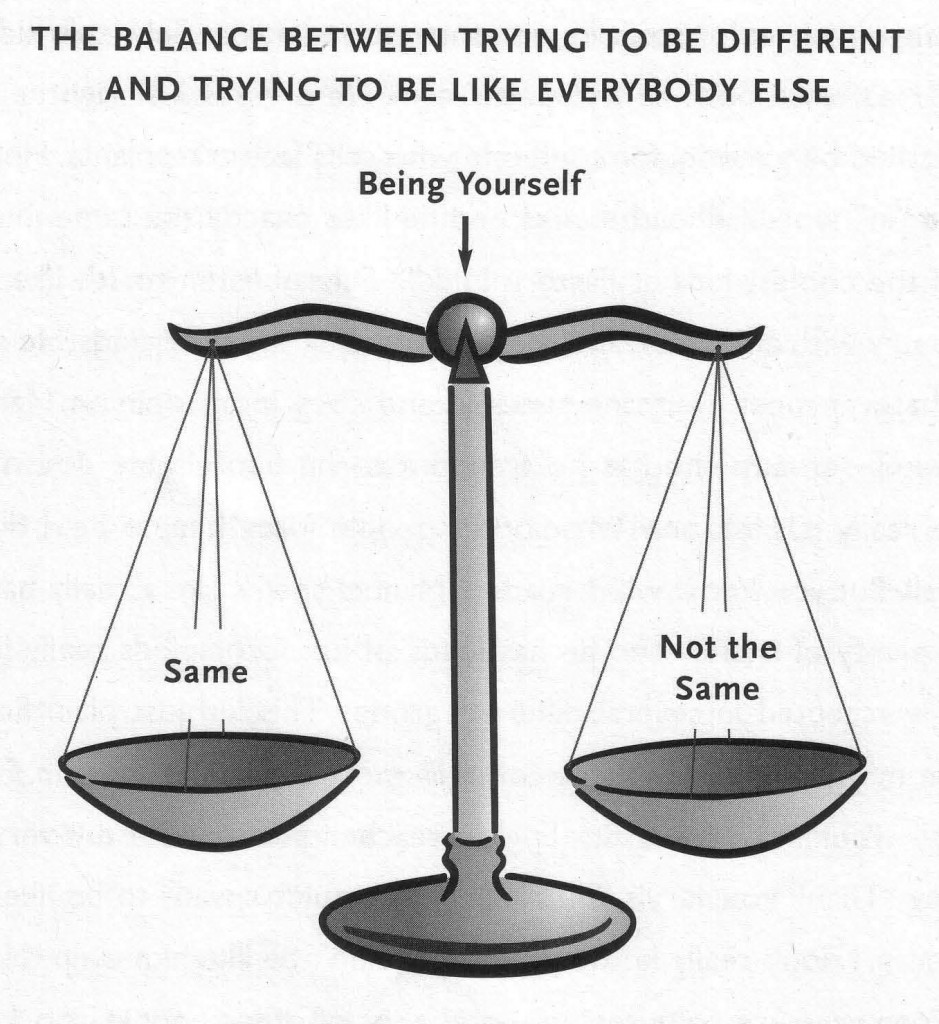Ad Issues Projects
For our next project, I’ve asked each of you to create a brief one-minute Animoto (click this for an overview about Animoto) video that connects to one or more of the learnings from our BARNGA experiment.
Here is the list:
- Don’t get mad if someone else sees something a different way.
- Poor communication can lead to conflict and frustration.
- Be patient, calm and really listen to what others are trying to say.
- Be more flexible when dealing with others.
- Speak up when something doesn’t seem right.
- Try to work through misunderstandings.
- When people have different ideas in their heads, things can get confusing.
- Different people can have different ideas about things and both can be correct.
- To communicate well, you have to be sensitive and observant.
- It’s hard to resolve problems without effective communication.
- Don’t assume that others have the same opinion or ideas that you do.
- It can be hard to work with someone with different views if you aren’t willing to listen to each other.
- When you don’t realize that you and another person are looking at things differently, it can create real problems.
- You shouldn’t assume that people see things the way you do.
- Your assumptions about things can often turn out not to be true.
- It can be hard to see things from another person’s point of view.
- We often spend too much time trying to convince others that our way of seeing things is the right way to see them.
- Don’t jump to conclusions when you don’t understand what someone else is doing.
- Sometimes you need to change what you are doing to work with others.
- You can sometimes learn more by going with the flow than with fighting it.
- Just because something looks the same doesn’t mean that it is.
- If you allow yourself to listen or look for the other side of the story you might learn something important.
- Communication tends to break down when you get angry.
- Always try to listen to what other people have to say.
- Thinking that you are always right can be a trap.
- Before you can really say something about someone you need to try and understand her/him.
- It helps to try to identify what the real problem is.
- Don’t always expect to be right.
- Sometimes everyone can be right in their own way.
- If you disagree with someone, they probably have a reason what they are saying; try to understand it.
- Respect the idea that the “same” experience can be different for each person involved.
- A little bit of effort at the beginning to make sure you are both on the same page can reduce a lot of conflict.
Anna Faulkner
Onaje Grant-Simmonds
Alexandre Guira
Skyler Pierce-Scher
Thibaud Roy
Sophia Will
The animoto that you create should highlight one of these ideas by mixing texts and images to help convey your message.
To get started, your will need to create an account on the Animoto site. To do this, you should go to https://animoto.com/sign_up. As the program asks that users be at least 13 years old, you should have your parent set up the account for you. Where it asks for a promotional code enter “a4esilbf4732b”.

You should be able to complete this project in 30-45 minutes. Feel free to work with your parents if you want.
Parents: As this project will require your child to search for images related to one or more of the statements in the above list, you may want to make sure that there is some filtering in place for their search. If you are using Google to search, click on the “Settings” link in the upper right-hand corner of the page and select “Search Settings.”
Make sure to click “Save” at the bottom of the page.
Click here for information on how to make your video. Yu can also watch the following video to learn how to use Animoto:
You can either use photos that animoto has collected “Select” or upload photos from your own computer. The “Upload” selection is your better bet as the animoto collection is pretty limited. Use upload after you have found the images you want to use and have saved them to a folder on your computer’s desktop. You can save an image that you find when using Google image search by right-clicking on it.
When you are looking for images, you should think of key words or ideas (e.g., conflict, communication, etc.) that are related to the statement(s) you are using from the BARNGA list.
Your last task it to send me a link to the video. You can do this two ways. Each time you make a video, an email gets sent to the email account associated with your animoto account. You can forward this email to me at msilberberg@lrei.org. You can also send the link to me by clicking the “Share” button and then selecting “Email the link.” Type “msilberberg@lrei.org” in the “To” field and then click “Share Video.”
Can anyone else watch my videos?
All videos are totally private unless you actively share your video’s link with others and/or post it elsewhere. No one can stumble across, search for, or access your video without your permission.
Here’s an example video that I showed today:
http://animoto.com/play/WoBEigUvvzWF7Ru9XUh2IQ#
httpv://www.youtube.com/watch?v=2YRR_bwbqE8&noredirect=1
Chapter 2: Fitting In And Feeling Good About It
I’m sure you already know that a big part of being successful socially is having friends and knowing something about friendship and how it’s supposed to work.
In what ways are friendship and popularity different?
What are some other things that you get from being part of a group?
How do we decide what group to be in?
Peer Pressure and Conformity
Peer pressure is the pressure to seem, talk and act a certain way, a way that fits with what others expect from you. Sometimes kids put pressure on each other on purpose and sometimes it just happens.
What if you don’t happen to agree with or like what others want you to be?
There are a lot of different ways to be normal in middle school. Everyone has a right to be different — as long as it’s not harmful to them or anyone else.
Kids often experiment with or try different ways of fitting in. Some of these experiments are safe and others have too high a price to pay for fitting in.
It takes social cognition to decide how you should fit in and then to fit in in the way you’d like to fit in.





